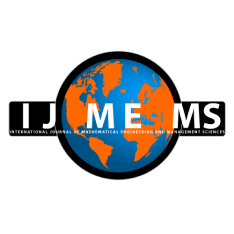Saurabh Jain
School of Computer Science, University of Petroleum and Energy Studies, Dehradun, Uttarakhand, India.
Adarsh Kumar
Department of Mining, Industrial, and ICT Engineering (EMIT), Universitat Politècnica de Catalunya (UPC) BarcelonaTech, Barcelona, Spain. & School of Computer Science, University of Petroleum and Energy Studies (UPES), Dehradun, Uttarakhand, India.
DOI https://doi.org/10.33889/IJMEMS.2025.10.6.096
Abstract
The increasing adoption of Internet of Things (IoT) devices in smart healthcare systems has revolutionized real-time data collection and processing, substantially improving healthcare delivery and operational efficiency. However, the sensitivity of medical data and the resource limitations of IoT devices demand blockchain solutions that are secure, lightweight, and scalable. This paper presents two core contributions: (1) Resource Efficiency-Driven Consensus (REDC), a machine learning–enhanced consensus protocol tailored for healthcare IoT networks, and (2) Dynamic Lightweight Hashing (DLH), a cryptographic algorithm designed for energy-constrained environments. REDC achieves up to 70% higher throughput, 43% Energy Efficiency (EE), and 25% lower latency compared to Proof of Elapsed Work and Luck (PoEWAL) in networks up to 100 nodes. DLH further enhances performance by reducing hash attempts and energy use while maintaining strong collision resistance across 100,000 trials. Together, REDC and DLH form a scalable and secure blockchain framework tailored for healthcare IoT.
Keywords- Internet of things, Healthcare, Blockchain, Resource efficiency-driven consensus (REDC), Machine learning, Resource efficiency index, Scalability.
Citation
Jain, S., & Kumar, A. (2025). Resource Efficiency-Driven Consensus (REDC): A Machine Learning-Based Blockchain Framework for Healthcare IoT Systems. International Journal of Mathematical, Engineering and Management Sciences, 10(6), 2061-2082. https://doi.org/10.33889/IJMEMS.2025.10.6.096.



